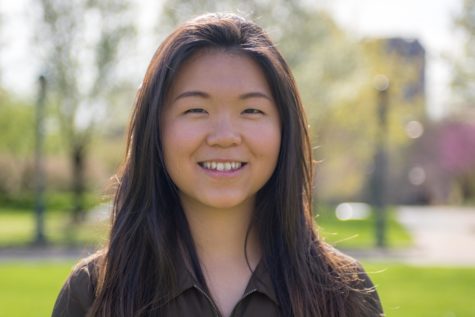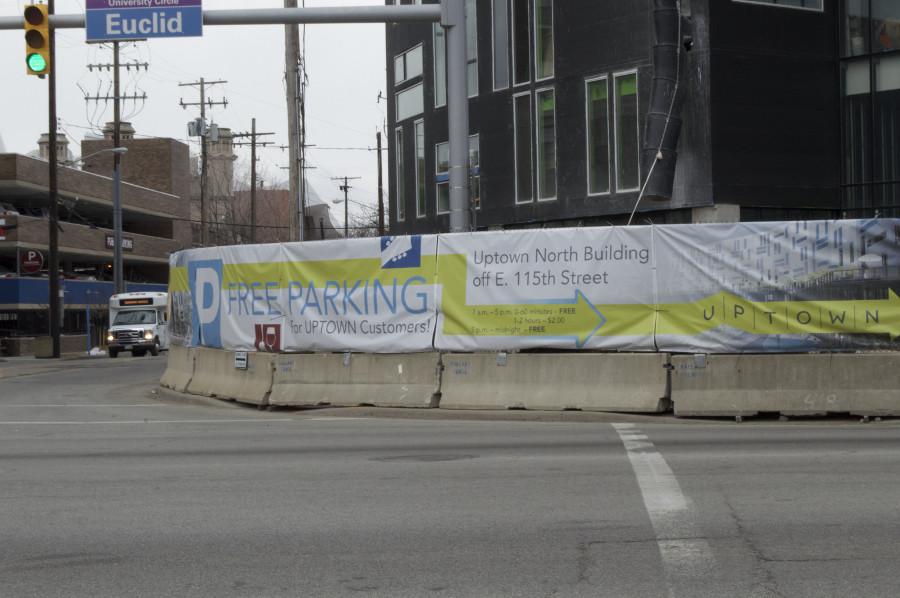Chan: Street harassment reflects a larger issue
An attractive boy or girl walks by you on the street. He or she winks and smiles at you and you’re flattered, so this behavior is welcomed and okay. Take this scenario and replace the attractive person with another stranger lingering on the sidewalk. The individual winks, cat-calls and sexually harrasses you.
According to the non-profit organization Stop Street Harassment (SSH), gender-based street harassment are unwanted comments, gestures and actions forced on a stranger in a public place without their consent and are directed at them because of their actual or perceived sex, gender, gender expression or sexual orientation. As Case Western Reserve University lies in Cleveland, a city of much educational and socioeconomic disparity, both female and male students experience this type of sexual harassment.
Street harassment is often defined by a significant word: unwanted. It is up to the receiver of a compliment, or a victim of harassment, to identify a gesture from a stranger as unwanted or not. However, as an Asian-American girl with a small frame, I am street-harassed often for the way I look. My sex gives offenders an impression of weakness and inferiority, allowing them to assert themselves by making me and others feel uncomfortable.
Situations like this occur frequently over the course of a single day, especially if you wander even a few blocks off-campus. Out of many times I have taken the RTA, whether to Beachwood Place, Downtown Cleveland, or the Rite Aid about a mile away, I have seen unwanted harassment occur. Too many students at CWRU have resorted to taking an Uber or not travelling off-campus at all in fear of these risks.
Although street harassment is no crime to be overlooked, the individuals who perpetrate it should be understood as people. Cleveland is a city divided by race. Its demographic map shows a concentrated African-American population living in the east side of Cleveland. Poverty in the city affects African Americans more disproportionately. According to the Center for Community Solutions, 42 percent of African-Americans live in poverty, compared to Whites at 28 percent. The level of education an individual receives is often related to financial stability. Vicious cycles of crime are induced from families of all races with instabilities stemming from poor relationships, economic status and education.
There is a complex background behind the motivations of crime and various types of harassment. It is necessary to understand the roots of a much larger problem, which is disparity in all its forms. A poor upbringing is no excuse for misbehavior, but it gives insight to why someone may act a certain way. Until the problem of disparity in human welfare is solved, crime will continue. However, as students living in a growing city, we should recognize the basis of local crime and seek to understand its perpetrators before reducing them back to members of a vicious cycle.
Ashley Chan is a first-year student who lives on campus

Ashley Chan is a second-year student studying economics. Ashley likes to lift. If you wish to contact her, you can email her at axc627@case.edu.


